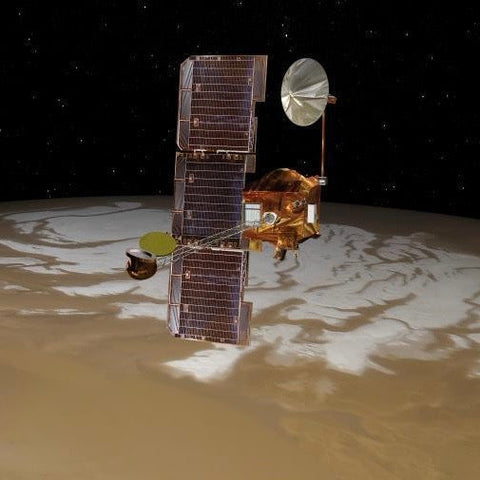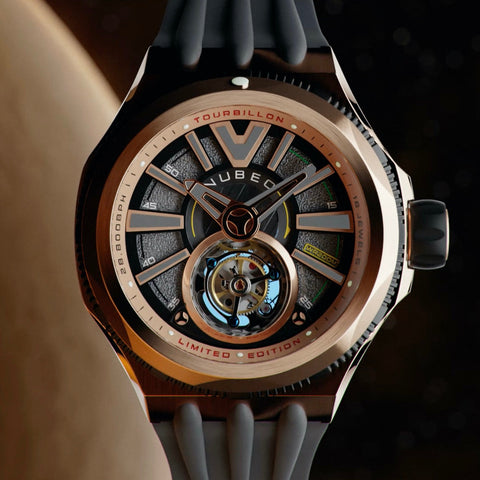In the vastness of our solar system, the Red Planet has captivated the imaginations of scientists and space enthusiasts alike. At the forefront of Martian exploration stands the 2001 Mars Odyssey spacecraft, its orbit serving as a privileged perch from which to unravel the mysteries of Mars. This blog explores how 2001 Mars Odyssey's orbital trajectory provides the perfect vantage point for in-depth Martian studies.
Ascending to Mars: The Journey of 2001 Mars Odyssey:
Launched in 2001, the Mars Odyssey spacecraft embarked on a seven-month journey to reach the Martian realm. Upon arrival, it seamlessly transitioned into orbit, beginning its scientific mission to study the planet's composition, climate, and geology. The spacecraft's orbit was meticulously planned to maximize its observational capabilities.
Polar Prowess: The Unique Polar Orbit of Mars Odyssey:
Unlike conventional equatorial orbits, 2001 Mars Odyssey adopted a polar orbit, circling the planet from pole to pole. This strategic choice allows the spacecraft to cover a broad range of latitudes during each orbit, providing comprehensive coverage of Martian terrain and enabling a holistic study of the planet's features.
Mapping Martian Minerals: THEMIS and Infrared Imaging:
A key instrument aboard 2001 Mars Odyssey is the Thermal Emission Imaging System (THEMIS). This infrared camera captures detailed images of Martian landscapes, helping scientists identify mineral compositions. The unique vantage point of the spacecraft's orbit allows THEMIS to create comprehensive mineral maps, uncovering the geological history of Mars.
A Global Perspective: Understanding Martian Climate and Atmosphere:
2001 Mars Odyssey's orbit facilitates a global perspective on the planet's climate and atmosphere. By studying temperature variations and atmospheric conditions, scientists gain insights into Mars' dynamic climate systems. The spacecraft's instruments contribute valuable data for understanding the planet's past and present environmental conditions.
Phobos and Deimos: Odyssey's Exploration of Martian Moons:
Beyond observing the Martian surface, 2001 Mars Odyssey extended its reach to study the two small moons of Mars—Phobos and Deimos. The spacecraft's orbit provides opportunities for close encounters and detailed examinations of these intriguing celestial companions, unlocking the secrets of their origins.
As 2001 Mars Odyssey gracefully maneuvers through its polar orbit around Mars, it stands as a sentinel of scientific exploration, capturing the essence of the Red Planet from pole to pole. The strategic choice of orbit allows the spacecraft to act as a comprehensive observer, studying Martian landscapes, minerals, climate, and moons with unparalleled precision.
The data collected by 2001 Mars Odyssey continues to shape our understanding of Mars, contributing to the broader narrative of planetary exploration. From its privileged vantage point, the spacecraft not only navigates the vastness of space but also navigates the depths of Martian mysteries, serving as a beacon of human curiosity and the relentless pursuit of knowledge in the cosmos. As we marvel at the images and insights beamed back to Earth, we are reminded that 2001 Mars Odyssey's orbit is not just a trajectory in space but a gateway to the wonders of our celestial neighbor.






